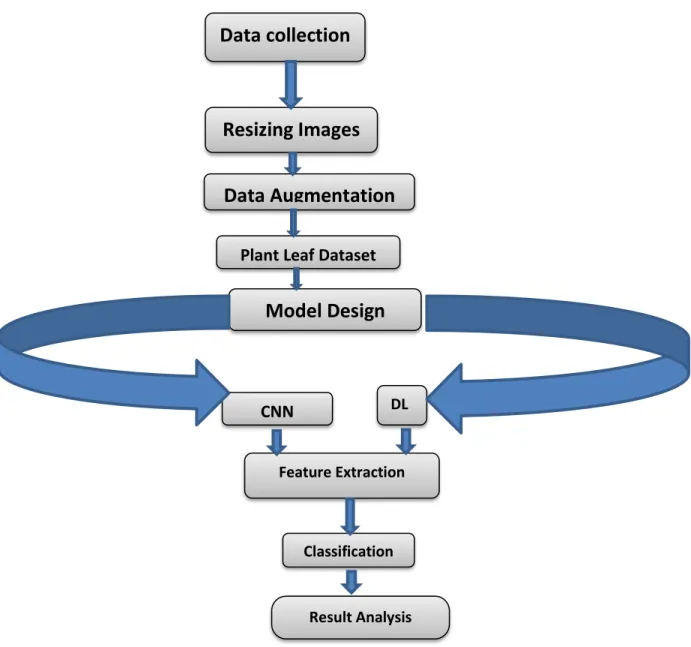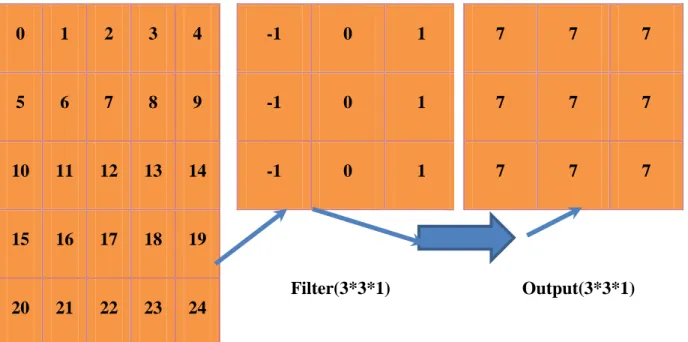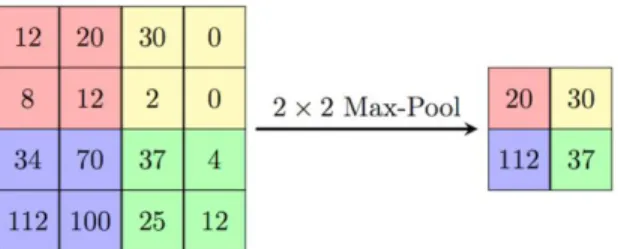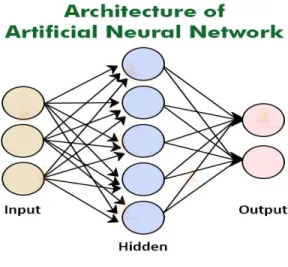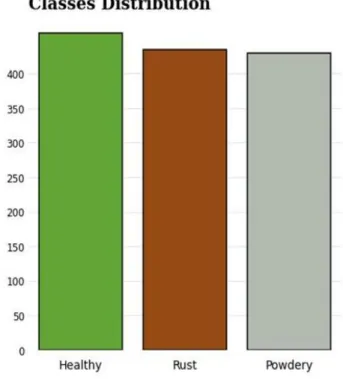This project/internship titled "Plant Leaf Disease Recognition Using Convolutional Neural Network" submitted by Jannatul Mawa Hena, ID No and Novana Nasir ID No to the Department of Computer Science and Engineering, Daffodil International University has been accepted as satisfactory for the partial fulfillment of the requirements for the degree of B.Sc. Department of Computer Science and Engineering Faculty of Natural Sciences and Information Technology Påskelilje International University. Today, higher inventions have enabled people to provide the excellent amount of nourishment and food required to meet the demands of the growing population.
About 85% of the Bangladeshi population depends on agriculture directly or by suggestion as the soil of Bangladesh is fertile and the climate is also favorable for agriculture. On the other hand, powdery disease refers to the fungal attack on a large portion of the plant's foliage. So we can find that it is absolutely very important to identify rust, powdery and healthy leaves of the leaves of the plant.
Problem Statement
The purpose of this study is to classify the type of plant disease and also whether the plant is healthy or not using Convolutional Neural Network. However, to use it properly, we must first understand why, where and how to use it. We need to learn everything we can about the problem if we want our solution to be as effective as possible.
We also need to determine the requirements of the work to additionally accept it as a solution. To easily identify the disease of plants and find the solutions at an early age.
Research objective
Research Questions
Research Layout
Chapter 1: will cover the following topics: introduction, problem statement, research objectives, and key research questions
Chapter 3: the approach of the suggested model in the sector of agriculture in Bangladesh will be depicted with a detailed description
Literature Review
Related Works
In [9], they proposed a model and their main objective was to reduce the damage caused by plant diseases in the early stages of plant production. They developed a tomato leaf disease detection model that tested six types of diseases such as bacterial spot, blight, leaf curl, mosaic virus and Septoria leaf spot. Image retention, which is part of image segmentation, was used to remove the background from the images.
After that, they run AND operations between a real image and a mask image and get a segment image from it. They used two more algorithms, Naive Bayes Classifier & K Nearest Neighbor to detect tomato leaf diseases and get 65% accuracy of Naive Bayes Classifier and 80% accuracy of K Nearest Neighbor. For this, they used several CNN models and got an effective accuracy to identify plant diseases.
They mainly treat three types of diseases: Rhizopus rot, pink disease and leaf spot. The K-means clustering method separates the diseased part of the leaf from the disease-free part. From these discussions above, we can see that there are some similarities and differences between the works discussed above and our work.
Our work concerns the recognition of plant diseases from leaf images using CNN and Deep Learning methods. The economy of our country is completely dependent on agriculture and also on the annual growth of the crop.
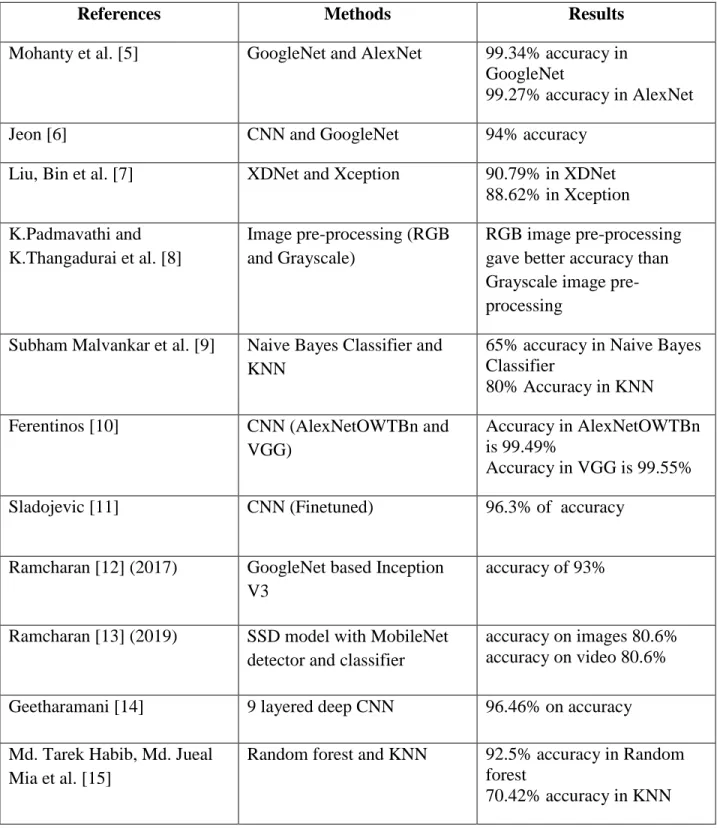
Scope of the Problem
If the identification is not correct or delayed, it will cause uncontrolled loss of the growth of crops. Management does not conduct adequate workshops to provide sufficient community awareness of foliar disease issues.
Challenges
Methodology
Working Process
Data collection
Resizing Images
Data Augmentation
Model Design
Dataset Presentation
- Data Augmentation
In this study, we used a dataset of 1532 images and we collected all primary data through a digital camera. In this dataset there are images of two types of disease affected plant leaves (rust & powdery) and also the healthy leaves. All the leaves were collected in a pleasant atmosphere from various agricultural sites across Dhaka.
These collections of images are not really suitable because some of them contain noise and cause color fluctuations. In this dataset, there are images of two types of plant leaves affected by the disease (rusty and powdery) and also of the healthy leaves. These are training, test and validation sets. f) Mirror g) Texture enhancement h) Saturation adjustment i) Sharpness adjustment j) Linearization of histograms.
But when the size of the data is not enough, they choose to overfit the training data, which means the data generalization is. Thus, overfitting is reduced with data augmentation technology and the dataset is enlarged to reproduce the image (plant leaf), light, exposure, noise and angle during the image preprocessing step. We have seen that Liu [7] used the image enlargement methods to enlarge the images of apple diseased leaves.
Images are processed by increasing and decreasing brightness, contrast and sharpness with a certain range. Also eliminating noise and blur is also very important in plant leaf images so that the model can correctly detect diseases.
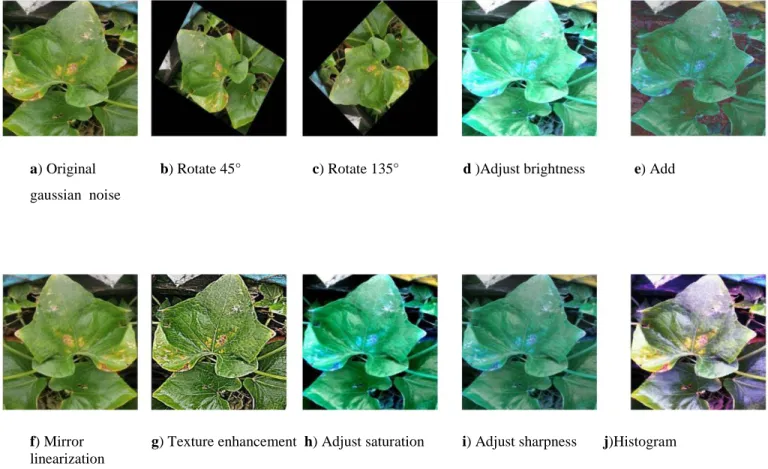
Image Pre-processing
- Image Enhancement Technique
Adjusting the histogram can lead to a result that is even worse than that of the first photo, because the histogram of the subsequent photos turns out to be approximately flat. But if the image can be converted to another color space first, such as the HSL or HSV color space, then this algorithm can do that too. are applied without any change in the saturation and hue of the image.
Convolution Neural Network
- Architecture of CNN model
- Max pooling Layer
But many times it increases the contrast of the background noise instead of reducing the useful signal. The first layer includes a deep learning algorithmic program, while the second layer is interconnected. In addition, the final target layer of the output neurons of the neural network also has hidden neurons.
Convolution layer is made by a number of filters and each number of filters have different types of parameters, those parameters need to be learned. Max Pooling can be a convolution method wherever the kernel extracts the maximum value of the area it rotates. Thus, it reduces the amount of parameters to learn and also the amount of computation performed in the network.
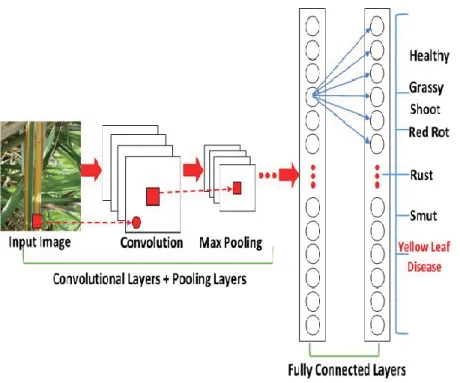
Artificial Neural Network
The signals travel from the primary layer (the input layer) to the last layer (the output layer), presumably when the layers are traversed numerous times. We will generally weight the input to the input layer as a multidimensional vector that will propagate it to the hidden layers. The hidden layers can at that time select statements from the preceding layer and weigh how an unpredictable variation in itself hinders or develops the final output which is supposed to be the way to learning.
Deep Learning
It is an algorithm with which we can make automatic data selection characteristics based on neural networks. It combines low-level features to identify distributed features and functions of sample data and creates high-level features for them. The accuracy and generalization of image classification in DL was much better than image classification done using traditional methods.
The rest of the deep learning networks are mostly used for image segmentation [20, 21], medical treatment, etc. The pixel values are overlaid with kernels and their equivalent kernel values are multiplied and then added, adding bias at the very end. Until all possible positions of the image are filtered, the kernel continues to move one pixel.
Many CNN-based classification models (ResNet, GoogleNet, AlexNet, VGGNet, etc.) have been introduced in deep learning evaluation.
Transfer Learning Approach
Resnet34 is a state-of-the-art image categorization model with 34 layers of convolutional neural networks. This is a model pre-trained on the Image Net dataset, which contains over 100,000 photos divided into 200 categories.
Training and Testing
Equation (2) shows the activation function of the model with the Adam optimizer using SoftMax. One is the Intel Core i5-xxxxxxx and the other is AMD E2-9000e RADEON R2, both CPU processors with 8 GB RAM and 4 GB RAM respectively and a 1 terabyte hard drive using the Python programming language in an anaconda environment .
Result And Discussion
The graph of the train accuracy and validation of our dataset is shown below (figure). On the other hand, in the train and validation loss curve, it shows the amount of losses. The data is kept in the first layer of the network while the neural network is being trained.
After that, the neuron's weight is updated by backpropagation accordingly, and this process will continue until the new skill is learned from the data in our training set. We need to have an idea of the confusion matrix so that we can set these indices particularly well. The confusion matrix will show the result produced by our model in binary classification and will show whether it is correct or not.
There are 4 attributes in the confusion matrix and they are TP (True Positive), TN (True Negative), FP (False Positive) and FN (False Negative). And recall correctly predicts the part of the model that has all true positive predictions. 29 The main goal of our work in identifying plant diseases is to find the accuracy and train the model in such a way that we can achieve the maximum accuracy.
In that case, the more we can maintain the value of accuracy, precision and recall, the more efficient our model will be at recognizing leaf diseases. On the other hand, the lower the value of f1, the more efficient our model will be at recognizing leaf diseases in plants.
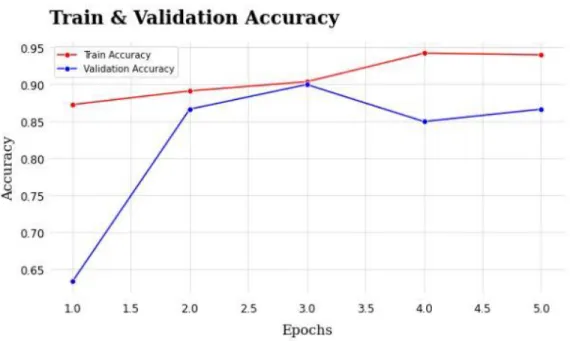
Comparative Analysis
We have used Image Enhancement Technique and CNN (Resnet34) and in our data preprocessing and also resize the images as per our requirement.
Conclusion And Future Work
Conclusion
Future Work
Jueal Mia, Mohammad Shorif Uddin, Farruk Ahmed "An in-depth study on automated jackfruit disease recognition". Thermal bust segmentation using convolutional and deconvolutional neural networks.” In Proceedings of the 2018 IEEE Applied Imagery Pattern Recognition Workshop (AIPR), Washington, DC, USA, October 9-11, 2018. 22] Machine Learning Mastery, available at [A Gentle Introduction to Transfer Learning for Deep Learning], last accessed on 10/30/21 at 11:00 PM.
PLAGIARISM REPORT Plagiarism Checked by
